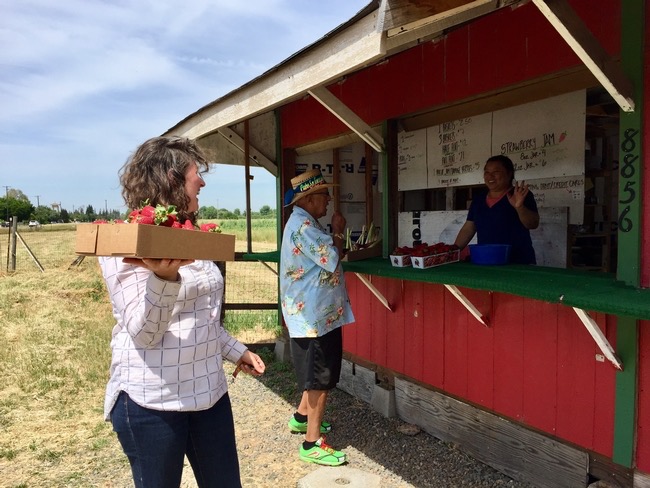CDFA Announces Awards for $5 Million for the Beginning Farmer and Farmworker Training and Workforce Development Grant Program
By Steve Lyle, CDFA
The California Department of Food and Agriculture’s Office of Farm Equity announces that it is awarding $5 million in grants for projects throughout the state through the 2022 Beginning Farmer and Farmworker Training and Workforce Development Grant Program. An additional $5 million will be made available in a second solicitation in 2023. The funding for this grant program was made possible through the 2021-2022 California general fund budget.
This program provides support to organizations to enhance or expand beginning farmer and farmworker training/apprenticeship programs. The overall goal of the program is to ensure that resources are dedicated to strengthening support for socially disadvantaged and/or beginning farmers and ranchers in the first ten years of business, and for farmworkers who can improve job security with additional skills training. A secondary goal of the program is to build and grow regional networks to ensure organizations can provide adequate support and training opportunities for those most underserved in the agriculture industry.
“We need new farmers and ranchers in California, and this program is a crucial step in cultivating the next generation of talent in agriculture,” said CDFA Secretary Karen Ross. “There is a place for all who have the desire to farm or to improve their skills to become farm managers, and this program will help us focus support to grow opportunities in agriculture.
The complete list of grant awardees and summaries of their projects can be found at:http://www.cdfa.ca.gov/bfftp
Eligible applicants could apply for two types of awards in this program: program planning and curriculum development grants of up to $100,000, or program implementation grants up to $1,000,000 for both beginning farmer training, and farmworker training or workforce development programs.
The following entities were eligible to apply for this program: Non-profit organizations, Tribal Governments and Community colleges. Community colleges were eligible as co-applicants with local partner organizations. Entities receiving funding demonstrated expertise in assisting socially disadvantaged, small-scale farmers, and farmworkers in workforce development programs.
Note — 33 percent of California farms are on nine acres or less and 43 percent of farms have less than $10,000 in sales. Women are primary producers on 32 percent of our farms; only eight percent of California farms are owned by non-white producers according to race; and about 10 percent of farmers are military veterans.



















